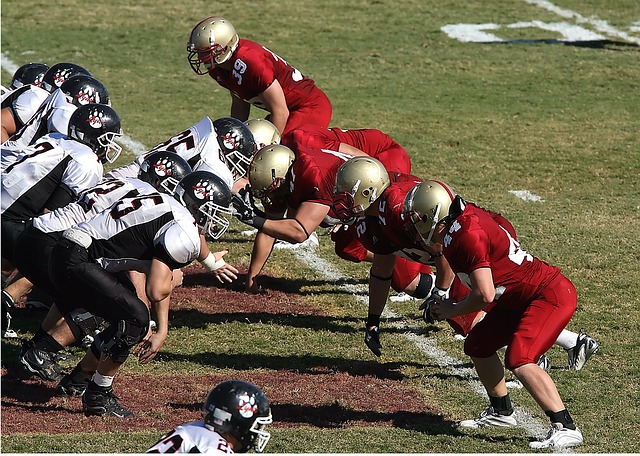One of my students recently returned home from school due to a concussion that occurred during wrestling practice. I was somewhat surprised to hear a) that a tall guy like him was wrestling and b) that he suffered a concussion in this sport, rather than football (his Fall sport)!
We often associate concussions with football, but a recent study published in the American Journal of Sports Medicine found that students in other contact sports, such as girls’ soccer or basketball, ice hockey, and lacrosse are also at risk. As lacrosse season is about to begin, let’s take note…
Estimates of the number of Americans suffering sports-related concussions have been climbing in recent years. That’s partly because more people are playing contact sports, young athletes are training more aggressively at an earlier age, and doctors are more aggressive about diagnosing concussions. A recent study found that in 2008, there were five concussions for every 10,000 U.S. high school athletes who hit the playing field. That was up from just about one per 10,000 a decade earlier. . . . .
The other interesting finding is that girls had a higher concussion risk than boys.
In “gender-comparable” sports, girls had a 70 percent higher concussion rate than boys.
via Teens’ concussion risk not limited to football | Reuters.
As a side note, a number of colleges are adding girls’ lacrosse, such as the University of Southern California and Furman.
As teens continue to participate in sports throughout their high school and college years, it’s incumbent on parents, coaches, school administrators, and the broader community to be aware of the symptoms of concussion. Those symptoms, which may occur many hours after a blow to the head, include:
- Ringing in the ears
- Fatigue
- Confusion
- Dizziness
- Headache
Let’s keep our teens safe!





